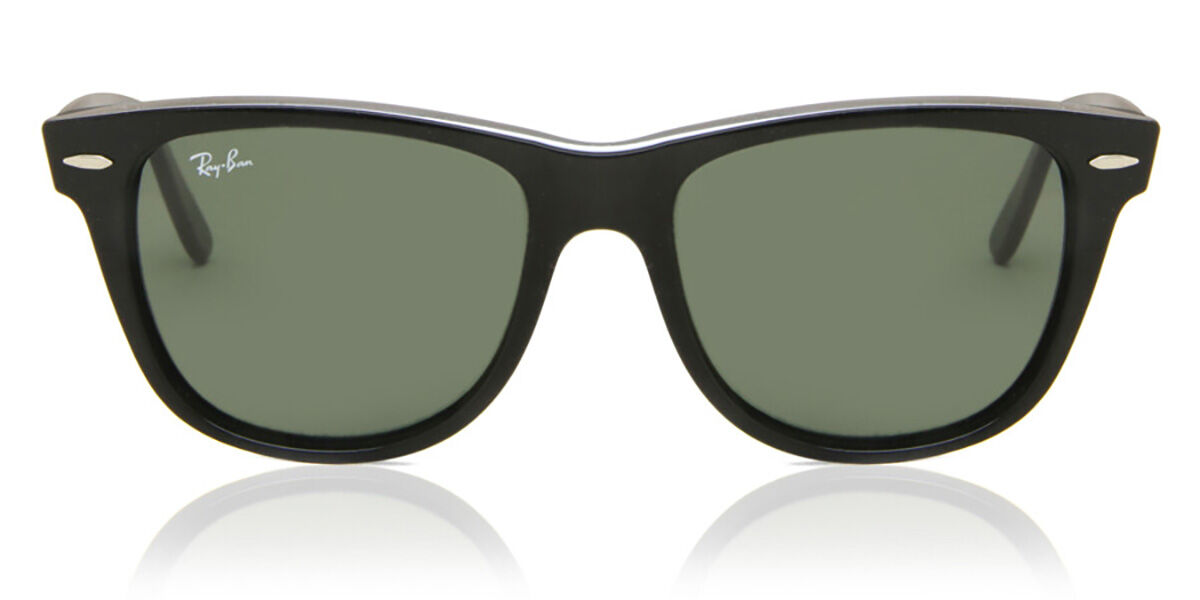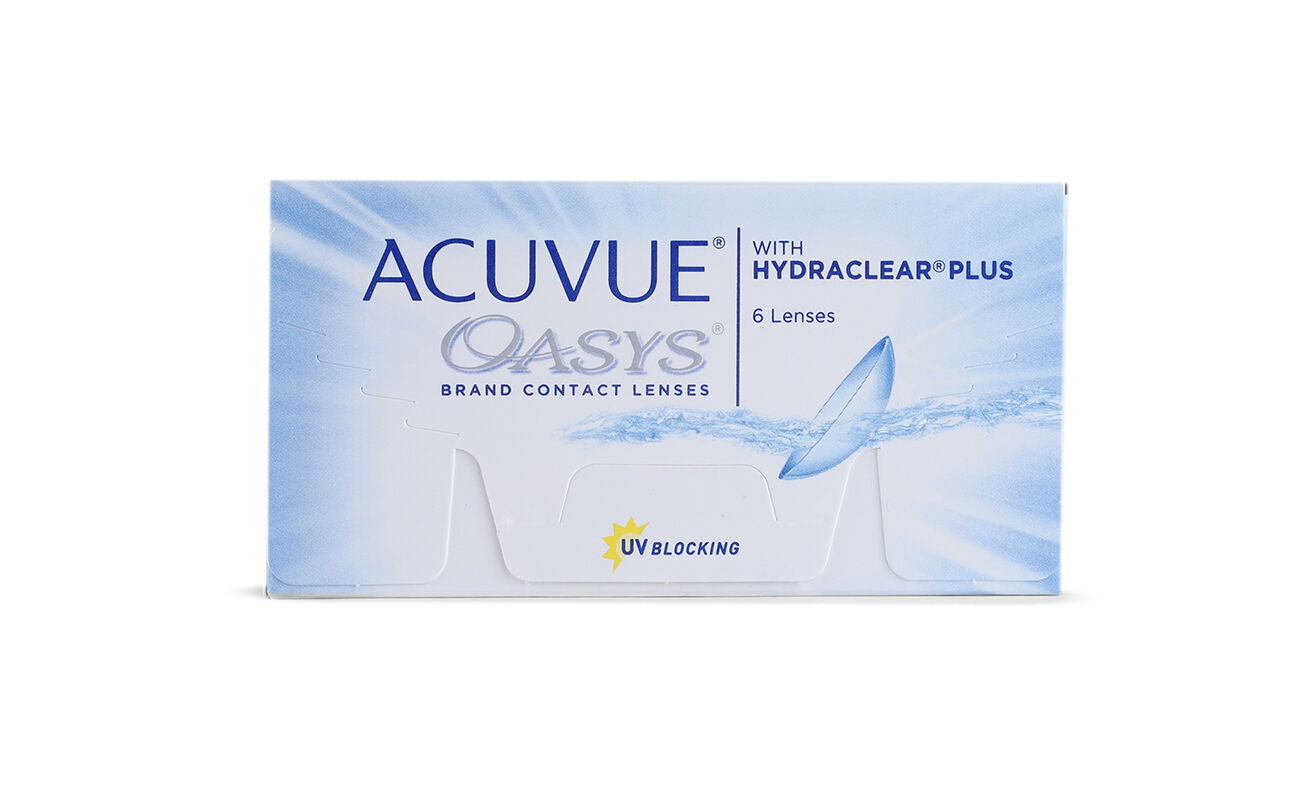Nose pads Nose pads – Small, soft pads attached to the glasses frame where they rest on the sides of the nose. Nose pads provide comfort and help keep the glasses in place, preventing them from slipping down the nose. They are usually adjustable and can be made from materials like silicone or rubber for …
Author Archives: charlotte
Glasses temples
Glasses temples Glasses temples – The arms of the glasses frame that extend over your ears and hold the glasses securely on your face. Temples come in various styles and lengths to ensure a comfortable and stable fit, which is essential for wearing glasses throughout the day.
Glasses insurance
Glasses insurance Note: Vision insurance in Canada is also known as vision care. Glasses insurance – An insurance policy that covers costs associated with the repair or replacement of your glasses due to accidental damage, loss, or theft. Glasses insurance provides peace of mind, protecting your investment in high-quality eyewear by covering unexpected expenses. It …
Glasses hinges
Glasses hinges Glasses hinges – The small joints connecting the frame front to the temples (arms) of the glasses. They allow the glasses to fold and unfold. High-quality hinges contribute to the durability and comfort of your glasses, making them more resilient to wear and tear.
Glasses cylinder
Glasses cylinder Glasses cylinder – The cylinder (CYL) value indicates the amount of lens power needed to correct the uneven curvature of the cornea. The CYL power can be written in + or – Cyl. The CYL power will always have an axis direction. This value is combined with the axis to properly align the …
Glasses axis
Glasses axis Glasses axis – A component of an eyeglass prescription for astigmatism, the axis is a number between 0 and 180 degrees that specifies the orientation of the cylinder correction. It ensures that the lenses are positioned correctly to compensate for the irregular shape of the cornea, helping to provide clear vision.
Eye floaters
Eye floaters Eye floaters – Small, shadowy shapes that appear in your field of vision, often described as spots, threads, or cobwebs. Floaters are usually harmless and result from the breaking down of the vitreous humour, the gel-like substance inside the eye, which occurs naturally with age. However, a sudden increase in floaters, especially when …
Glaucoma
Glaucoma Glaucoma – A eye diseases characterised by increased pressure within the eye (intraocular pressure) that can damage the optic nerve. This damage can lead to progressive vision loss. Regular eye exams are crucial for early detection and management, as glaucoma can cause irreversible blindness if left untreated.
Glasses sphere
Glasses sphere Glasses sphere – The part of your glasses prescription that indicates the strength of lens power required to correct nearsightedness (myopia) or farsightedness (hyperopia). The sphere (SPH) value is measured in diopters, with a minus sign (-) denoting myopia and a plus sign (+) indicating hyperopia.
Driving glasses
Driving glasses Driving glasses are glasses/ lenses may incorporate an anti-reflective coating that eliminates the glare from street lights or headlights, helping drivers by reducing the risk of being blinded by light. They’re often worn at night, but driving sunglasses also exist.








































